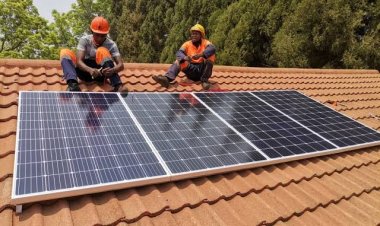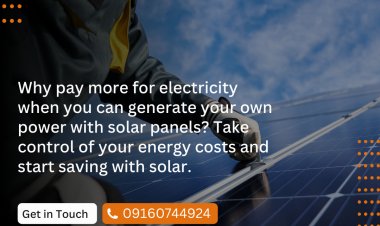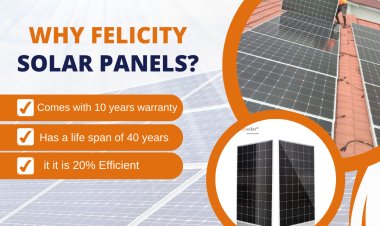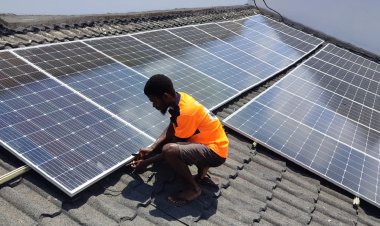10 Hidden Facts About Solar Energy
Solar energy is a renewable and abundant source of power that has been gaining popularity in recent years. From powering homes to entire cities, solar energy has the potential to revolutionize the way we generate electricity. In this blog post, we will uncover 10 hidden facts about solar energy that will shed light on its benefits and potential.
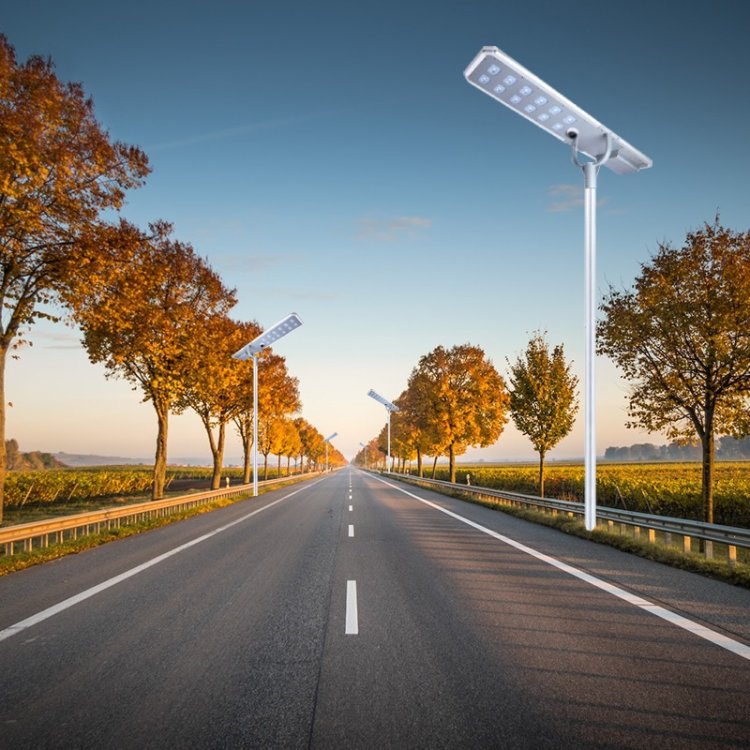
Solar energy is a renewable and abundant source of power that has been gaining popularity in recent years. From powering homes to entire cities, solar energy has the potential to revolutionize the way we generate electricity. In this blog post, we will uncover 10 hidden facts about solar energy that will shed light on its benefits and potential.
1. Solar energy is the most abundant form of renewable energy on Earth, with the sun providing an estimated 173,000 terawatts of energy continuously. This means that we have access to a virtually limitless source of power that can be harnessed for electricity generation.
2. The first solar cell was invented in 1954 by Bell Laboratories, with an efficiency of only 6%. Since then, solar technology has advanced significantly, with modern solar panels reaching efficiencies of over 20%. This improvement in efficiency has made solar energy more cost-effective and accessible to the masses.
3. Contrary to popular belief, solar panels do not require direct sunlight to generate electricity. They can still produce power on cloudy days or in indirect sunlight, making them a reliable source of energy even in less sunny regions.
4. The Bhadla Solar Park in India is the largest solar power plant in the world, with a capacity of 2.2 gigawatts. This massive solar farm demonstrates the potential for solar energy to meet the growing energy demands of large populations.
5. Solar energy is a clean and sustainable source of power that does not produce any greenhouse gas emissions or air pollutants during operation. By switching to solar energy, we can reduce our carbon footprint and combat climate change.
6. The cost of solar panels has decreased by over 80% in the past decade, making solar energy more affordable and accessible to homeowners and businesses. This cost reduction has made solar energy a viable alternative to traditional fossil fuels.
7. Solar panels have a lifespan of 25-30 years, but can continue to produce electricity at a reduced rate for many years after that. This longevity makes solar panels a sound investment for those looking to reduce their energy costs over the long term.
8. Solar energy can power a wide range of applications, from small electronic devices to entire cities. With advancements in solar technology, we are seeing an increasing number of innovative uses for solar energy, such as solar-powered cars and boats.
9. Solar power is a decentralized form of energy production, meaning it can be generated and used locally. This reduces the need for long-distance transmission lines and increases energy independence for communities.
10. The International Space Station is powered by solar panels, which provide electricity to the astronauts on board. This demonstrates the reliability and versatility of solar energy, even in the harsh conditions of outer space.
Solar energy is a powerful and sustainable source of power that has the potential to transform the way we generate electricity. By harnessing the energy of the sun, we can reduce our reliance on fossil fuels and create a cleaner, greener future for generations to come. The hidden facts about solar energy revealed in this blog post highlight the immense benefits and potential of this renewable energy source. Let's embrace the power of the sun and shine a light on a brighter, more sustainable future with solar energy.










